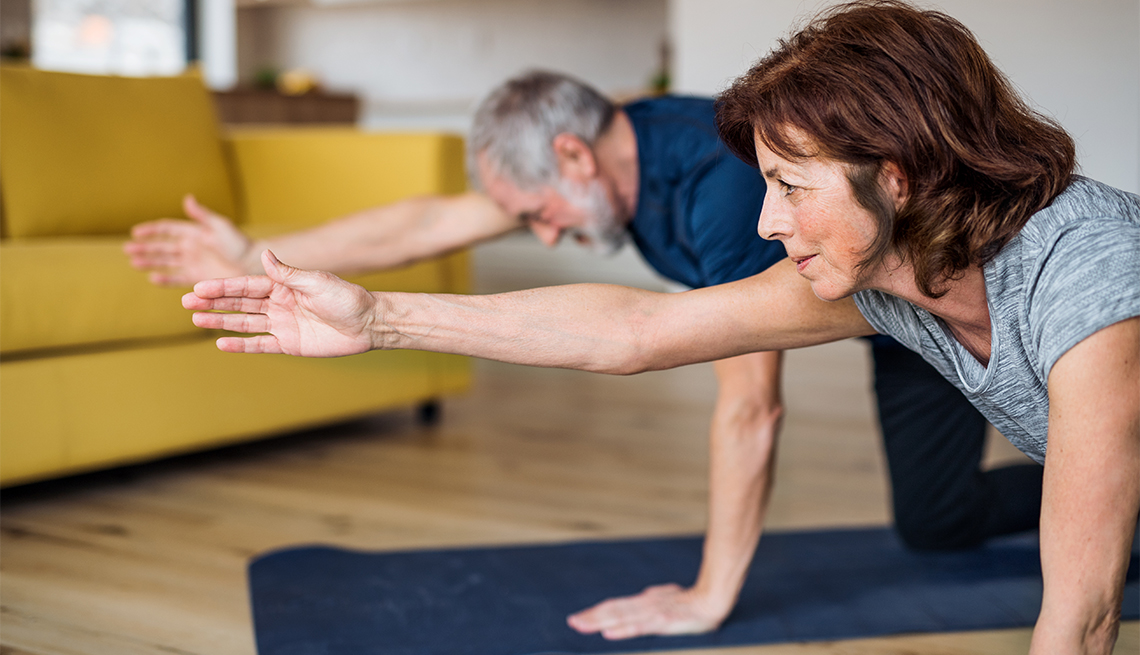
How to get the most out of short workouts
- Select a language for the TTS:
- UK English Female
- UK English Male
- US English Female
- US English Male
- Australian Female
- Australian Male
- Language selected: (auto detect) - EN
Play all audios:

Every morning before she gets into the shower, Debra Finger, a teacher in Philadelphia, does push-ups — no excuses allowed. “I don't have a lot of time for anything else,” she explains.
“I do another set after the shower and go.” Finger, 50, has been doing this for years. While her gyms and workouts have changed over time, the one constant is her morning push-ups. Her
sculpted arms are proof of her decade-long commitment. Experts agree, there's a lot to like about very short workouts, and they're far better than no exercise at all. “The first
rule is that there are no rules when it comes to quick workouts,” explains celebrity trainer David Kirsch, director of health and programming at the Core Club in New York City. “Whether
you're a beginner or a more advanced exerciser, you can do a short series of basic exercises anytime, anywhere.” What's more, like Finger, you don't need a gym or a lot of
equipment. You can do quick workouts in your living room or anywhere else — the local park in your neighborhood or on the way to the office if you park farther from your building, or by
taking the stairs, instead of an elevator. HOW MUCH TIME IS ENOUGH? There are no set rules for how long your quick workout should last. Though research has shown significant benefits of a
10-minute workout that includes just one minute of intense exercise (where you increase the pace of your walking, running, or movements), a study in the _Journal of the American College of
Cardiology_ revealed that a slow five- to 10-minute run can reduce the risk of heart disease. Kirsch himself is a fan of the five-minute workout. “The five minutes doesn't preclude you
from doing any additional exercise time,” he notes. “You can do five or six five-minute workouts throughout the day, if you have the time, and you'll have completed a 30-minute workout
by the end of the day.” In this way, you can make your mini sessions work for your schedule, your energy levels, your health and your life. Trainer Jorge Cruise, author of _The Cruise
Control Diet, _swears by an eight-minute regimen. “No one has time for long workouts,” says Cruise, who endorses a mix of eight-minute low-intensity and high-intensity yoga moves. “Quick
workouts are realistic,” he points out. “They give people hope that they can accomplish something even if they don't have a lot of time." However many minutes you shoot for,
experts say, scheduling a brief workout in the morning is generally best. “If you wait until midday or evening, most people don't end up doing it,” Cruise observes. “What's more,
when you work out in the morning, you get the benefits of doing exercise all day long.” This includes the boost of the feel-good chemicals serotonin and dopamine, as well as a rise in
metabolism, which occurs after exercise, particularly the high-intensity kind. Regular aerobic workouts also improve cognitive health and can aid memory, according to new research.
